Chili peppers burn because capsaicin—the compound responsible for heat—triggers TRPV1 pain receptors designed to detect physical heat, fooling your brain into sensing burning temperatures. This biological mechanism evolved to deter mammals from eating peppers, yet humans uniquely seek this sensation through 'benign masochism.' Here's how to leverage this science for better cooking, pain relief, and flavor pairing.
Why Chili Peppers Burn: The Capsaicin Science You Need
Contrary to popular belief, chili 'heat' isn't a taste—it's a pain response. Capsaicin binds to TRPV1 receptors in your mouth that normally detect dangerous temperatures (above 43°C/109°F). When activated, these receptors send 'burning' signals to your brain, even though no actual thermal damage occurs.
| Pepper Type | Scoville Heat Units (SHU) | Practical Effect |
|---|---|---|
| Bell Pepper | 0 SHU | No capsaicin—pure flavor vehicle |
| Jalapeño | 2,500–8,000 SHU | Manageable heat for salsas & nachos |
| Habanero | 100,000–350,000 SHU | Requires dairy pairing to balance |
| Ghost Pepper | ~1,000,000 SHU | Overwhelms receptors—use sparingly |
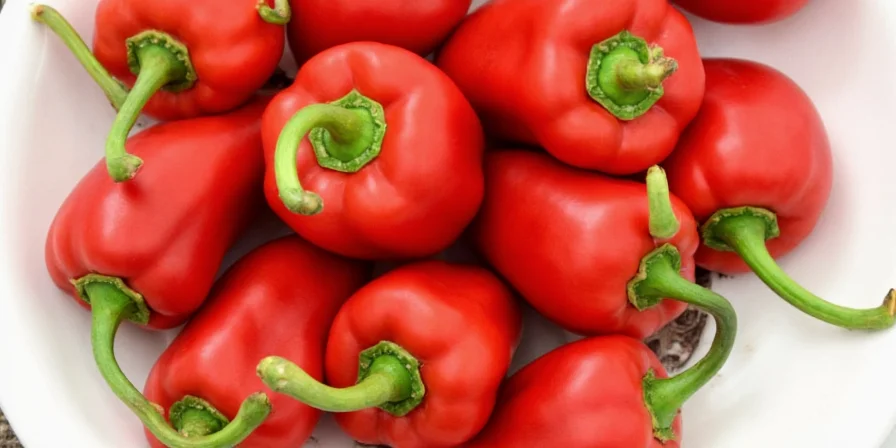
Pro Tip: Neutralize burn instantly with fat or alcohol—not water. Capsaicin is oil-soluble, so milk, yogurt, or rubbing alcohol dissolves it, while water spreads the compound.
Flavor Beyond Heat: Strategic Cooking Applications
Understanding capsaicin's behavior transforms how you use chilies. Heat intensity changes based on preparation method:
- Raw chilies: Deliver sharp, immediate heat (ideal for fresh salsas)
- Roasted/dried: Develop smoky depth with milder heat (perfect for stews)
- Cooked long-term: Heat redistributes evenly but doesn't dissipate (add early for infused dishes)
| Flavor Profile | Best Pepper Types | When to Add During Cooking |
|---|---|---|
| Smoky | Chipotle, Ancho | Early (30+ mins before finish) |
| Fruity | Habanero, Thai Bird | Late (last 5-10 mins) |
| Earthy | Guajillo, Mulato | Midway through cooking |
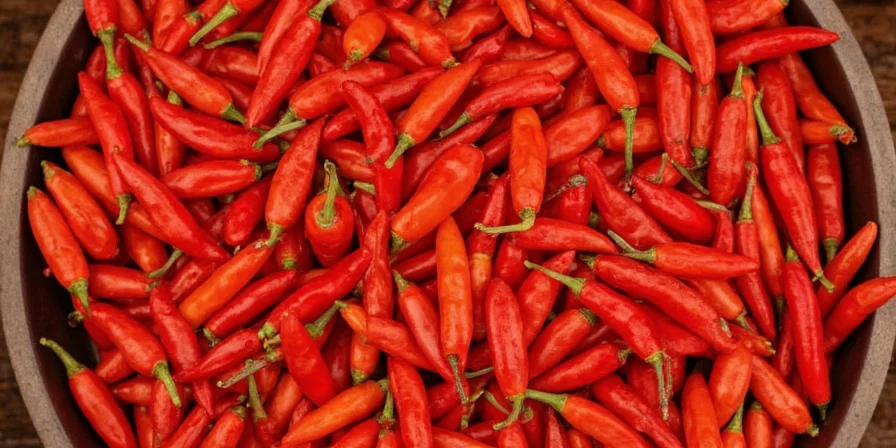
Global Techniques for Heat Control
Different cuisines have mastered capsaicin management—adopt these professional methods:
- Mexican: Toast dried chilies to deepen flavor while reducing perceived heat by 20%
- Indian: Bloom spices in oil first—the fat binds capsaicin, preventing overpowering heat
- Thai: Balance with palm sugar and lime—the acidity counters capsaicin's intensity
- Chinese: Use Sichuan peppercorns—the numbing effect masks chili burn
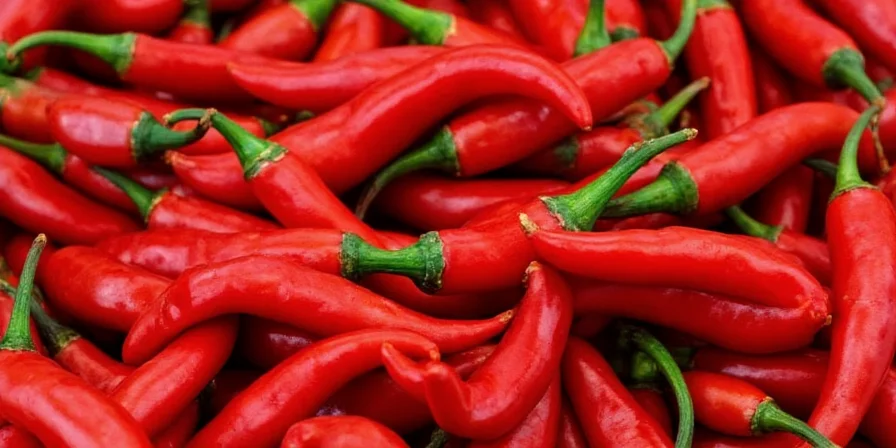
Health Optimization: Leveraging Capsaicin Benefits
Recent studies confirm capsaicin's benefits intensify when properly handled:
- Metabolism boost: 2mg capsaicin (1 jalapeño) increases calorie burn by 5% for 3 hours
- Pain relief: Topical creams with 0.025-0.1% capsaicin reduce arthritis pain by 50%
- Vitamin retention: Cooking red chilies preserves 90% of vitamin C vs. 70% in raw
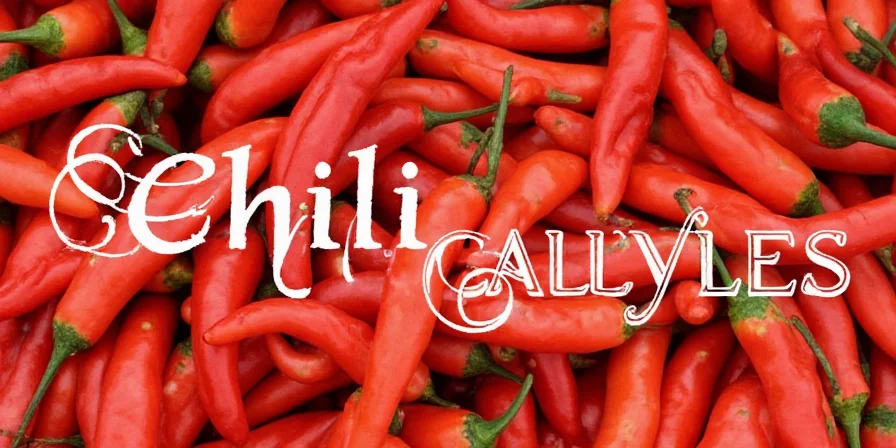
Advanced Storage Guide: Preserving Capsaicin Integrity
Heat compounds degrade under improper conditions. Follow these science-backed storage methods:
| Storage Method | Heat Retention | Flavor Preservation |
|---|---|---|
| Fridge (whole) | 85% after 2 weeks | Fresh green notes fade |
| Freezer (roasted) | 95% after 6 months | Enhances smoky notes |
| Dry pan (toasted) | 90% in 3 months | Deepens earthy flavors |

Frequently Asked Questions
Why does water make chili burn worse?
Water spreads the oil-based capsaicin across your mouth. Use fat-based solutions like milk or yogurt—casein proteins bind to capsaicin molecules, pulling them off pain receptors.
How can I build tolerance to spicy food?
Consume small amounts daily for 2-3 weeks. This gradually desensitizes TRPV1 receptors without damaging them. Start with 1/4 jalapeño daily, increasing by 25% weekly.
Do cooking methods change actual SHU levels?
No—SHU measures capsaicin concentration, which doesn't decrease with cooking. However, heat distribution improves, making dishes taste less spicy as capsaicin disperses evenly rather than hitting concentrated pockets.

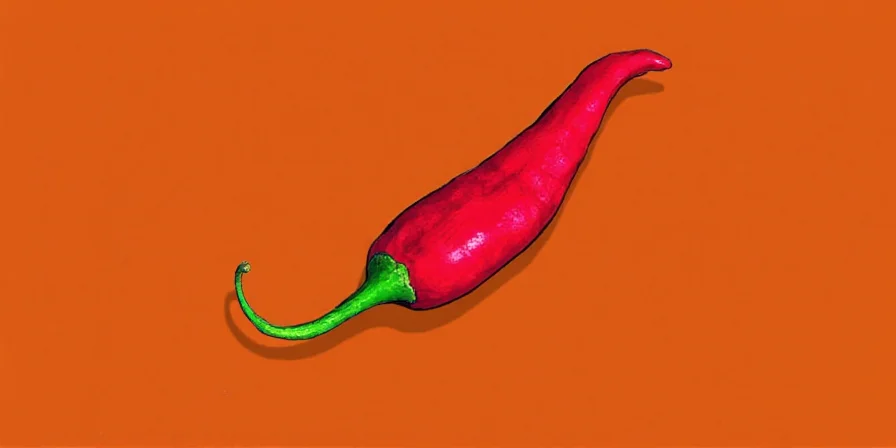









 浙公网安备
33010002000092号
浙公网安备
33010002000092号 浙B2-20120091-4
浙B2-20120091-4